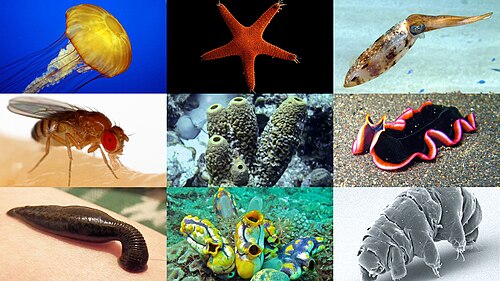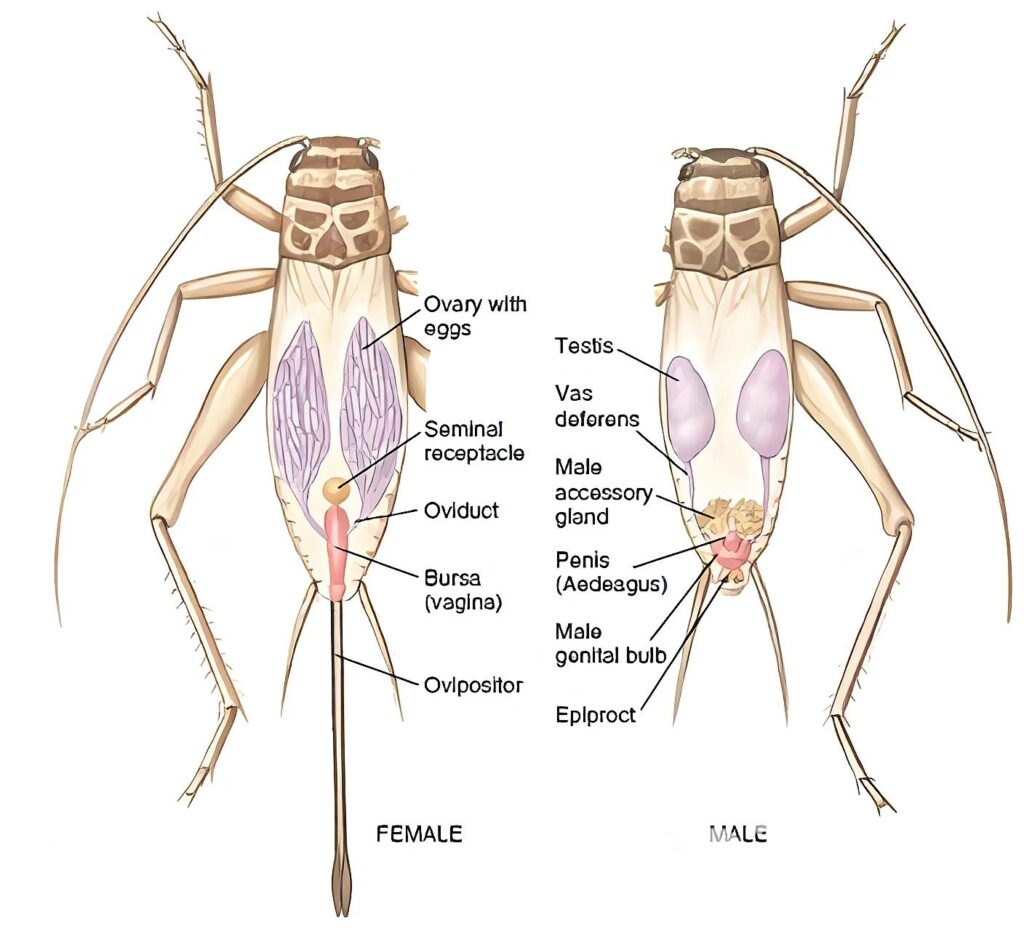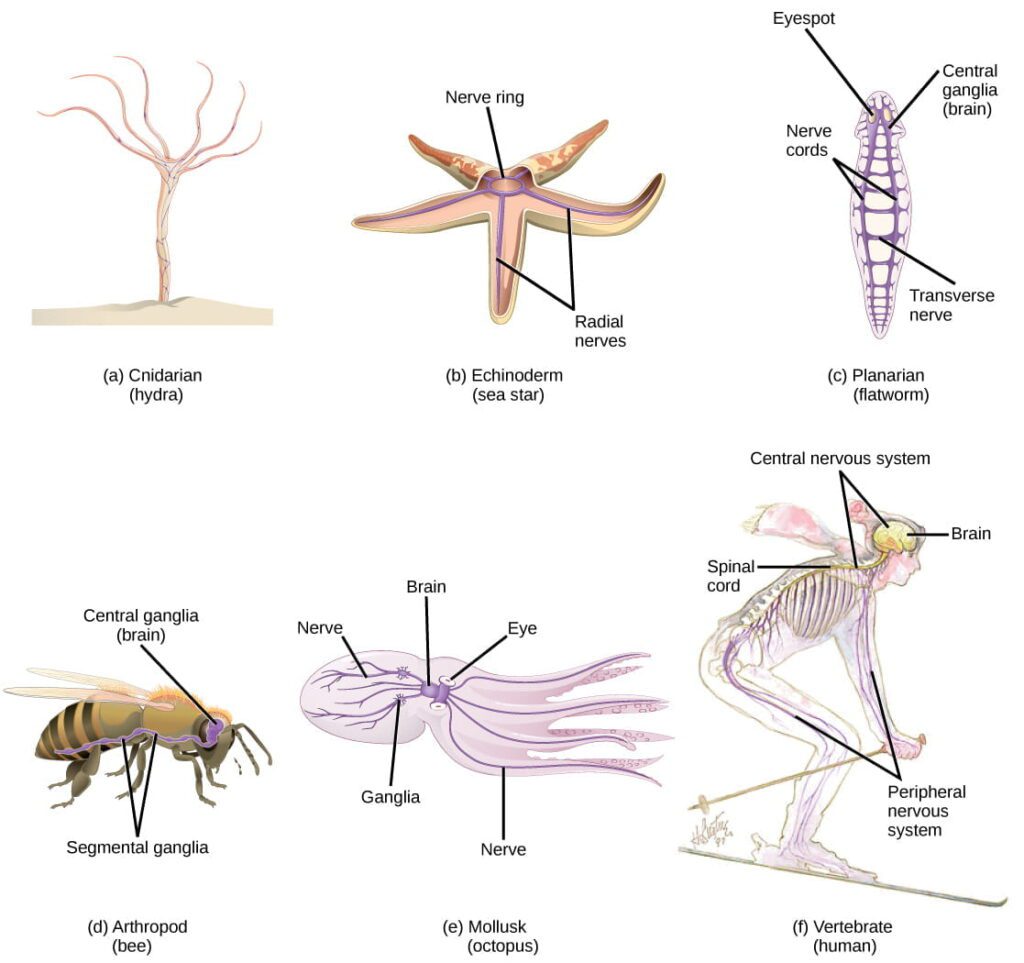What is Invertebrates ?

Invertebrates are animals that lack a vertebral column (backbone), making up over 95% of all known animal species. They display a vast diversity in form, habitat, and life history strategies, ranging from microscopic organisms to large, complex creatures like octopuses and giant squids. Invertebrates can be found in nearly every ecosystem on Earth, including terrestrial, freshwater, and marine environments. This article provides an in-depth overview of the main characteristics of invertebrates, their classification, and their ecological importance.
Summary of Invertebrates
- Invertebrate are animals without backbones. They make up 95% of all animals and live everywhere from oceans to deserts.
- They come in all forms: some with shells, others with soft bodies. They breathe through skin, gills, or tubes, and reproduce in many ways some even without mating.
- Invertebrate helps pollinate plants, break down waste, and serve as food for other animals. They’re essential to keeping ecosystems healthy.
Table of Contents
Characteristics of Invertebrates
1. No Backbone
Invertebrate do not have a vertebral column (backbone), which is the main characteristic that separates them from vertebrates. This lack of a backbone means they must rely on other structural features, such as exoskeletons, hydrostatic pressure, or muscular support to maintain body shape and movement. This makes them extremely adaptable and flexible in form.
2. Diverse Body Plans
Invertebrate come in many different shapes and sizes. Their body symmetry can be:
- Asymmetrical: No specific shape (e.g., sponges).
- Radial symmetry: Body parts arranged around a central axis (e.g., jellyfish).
- Bilateral symmetry: Mirror-image left and right sides (e.g., insects, worms). These varying designs allow them to adapt to a wide range of habitats and lifestyles.
3. Lack of Internal Skeleton
Invertebrate generally do not have internal skeletons made of bone:
- Exoskeletons provide protection and support (e.g., insects, crustaceans).
- Shells are external hard coverings (e.g., snails, clams).
- Hydrostatic skeletons use fluid-filled cavities for movement and shape (e.g., earthworms). These structures help invertebrate survive without the need for a backbone.
4. Variety in Size and Shape
Invertebrate can range in size from microscopic plankton to large creatures like the giant squid. Their body shapes vary greatly some are long and flat, others are round or segmented. This diversity in size and shape helps them inhabit almost every ecosystem on Earth, from deep oceans to dry deserts.
5. Reproduction

Invertebrate reproduce in many different ways:
- Sexual reproduction involves the fusion of male and female gametes.
- Asexual reproduction occurs through budding, fragmentation, or regeneration (e.g., sponges, hydra).
- Some are hermaphrodites, with both male and female reproductive organs (e.g., earthworms).
- Parthenogenesis allows reproduction without fertilization (e.g., aphids). Their flexible reproduction strategies help ensure survival in diverse environments.
6. Development
Many invertebrates undergo complex life cycles:
- Metamorphosis: Transformation from one form to another (e.g., egg → larva → pupa → adult in butterflies).
- Direct development: Juveniles resemble adults and grow gradually (e.g., worms). This variety in developmental stages increases their adaptability and chances of survival.
7. Nervous System

They exhibit different levels of nervous system complexity:
- No nervous tissue in sponges.
- Simple nerve nets in jellyfish and other cnidarians.
- Centralized brains and nerve cords in insects and worms.
- Highly developed brains in cephalopods (e.g., octopuses), capable of learning and problem-solving. These systems help them respond to their environment in various ways.
8. Circulatory System
Invertebrate have two main types of circulatory systems:
- Open circulatory system: Blood flows into open spaces (e.g., insects, most mollusks).
- Closed circulatory system: Blood flows through vessels (e.g., cephalopods like squids and octopuses). This system is crucial for transporting nutrients and oxygen.
9. Respiration
Invertebrate breathes in different ways depending on their habitat:
- Through the skin in earthworms and leeches.
- Gills in aquatic invertebrates like mollusks and crustaceans.
- Tracheal system in insects, where air enters through spiracles and travels through tubes. These adaptations allow them to survive in both aquatic and terrestrial environments.
10. Habitat
Invertebrates are incredibly adaptable and are found in:
- Marine environments: Jellyfish, starfish, corals.
- Freshwater: Water fleas, hydra.
- Terrestrial regions: Spiders, ants, beetles.
- Parasitic lifestyles: Tapeworms, lice living in or on other organisms. This ecological diversity makes them some of the most widespread animals on Earth.
Conclusion
Invertebrates are the most diverse and numerous group of animals on Earth, playing vital roles in almost every ecosystem. Despite lacking a backbone, they have evolved incredible adaptations from varied body structures and complex life cycles to sophisticated nervous and respiratory systems that allow them to thrive in environments ranging from the deepest oceans to the driest deserts. Their contributions to nature and human life are immense, including pollination, decomposition, and even medical advancements. Understanding invertebrates not only broadens our knowledge of the natural world but also highlights the delicate balance of ecosystems and the importance of conserving all forms of life. The study of invertebrates reveals the remarkable creativity of evolution and the interconnectedness of life on our planet.
Frequently Asked Questions (FAQs)
What are invertebrates?
Invertebrates are animals that do not have a backbone. This large group includes creatures like insects, spiders, snails, worms, and jellyfish. They make up about 97% of all animal species, showcasing the incredible diversity of life without bones
Why are invertebrates important?
Invertebrates play essential roles in nature. They help pollinate plants, clean up decaying matter, and are a vital part of the food chain feeding fish, birds, and many other animals. Their ecosystems would collapse without them .
Where do invertebrates live?
They thrive everywhere! You’ll find invertebrates in the oceans, rivers, forests, deserts, and even inside other animals (like tapeworms). Their ability to adapt makes them the most widespread animals on Earth .
Related Articles




